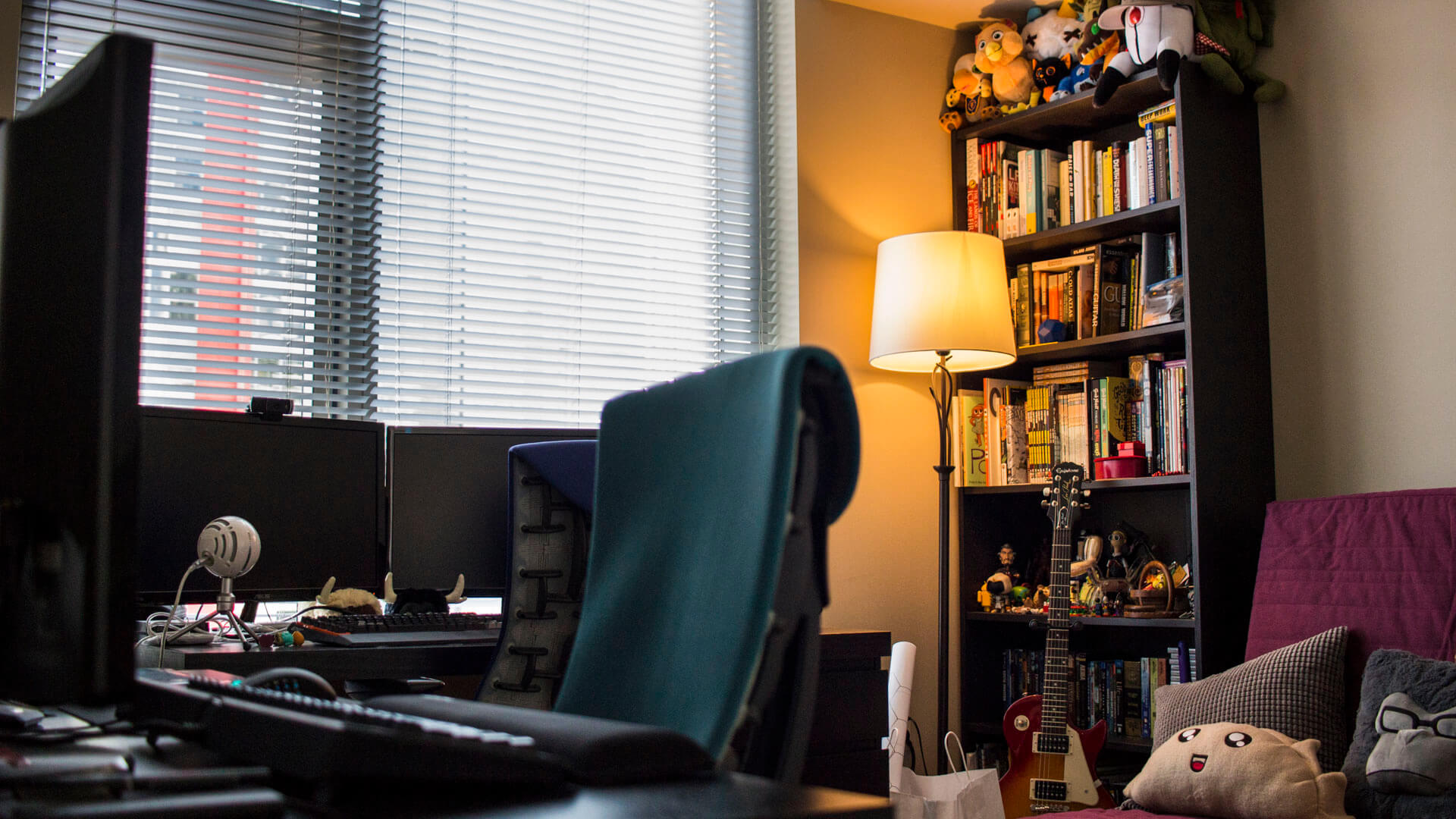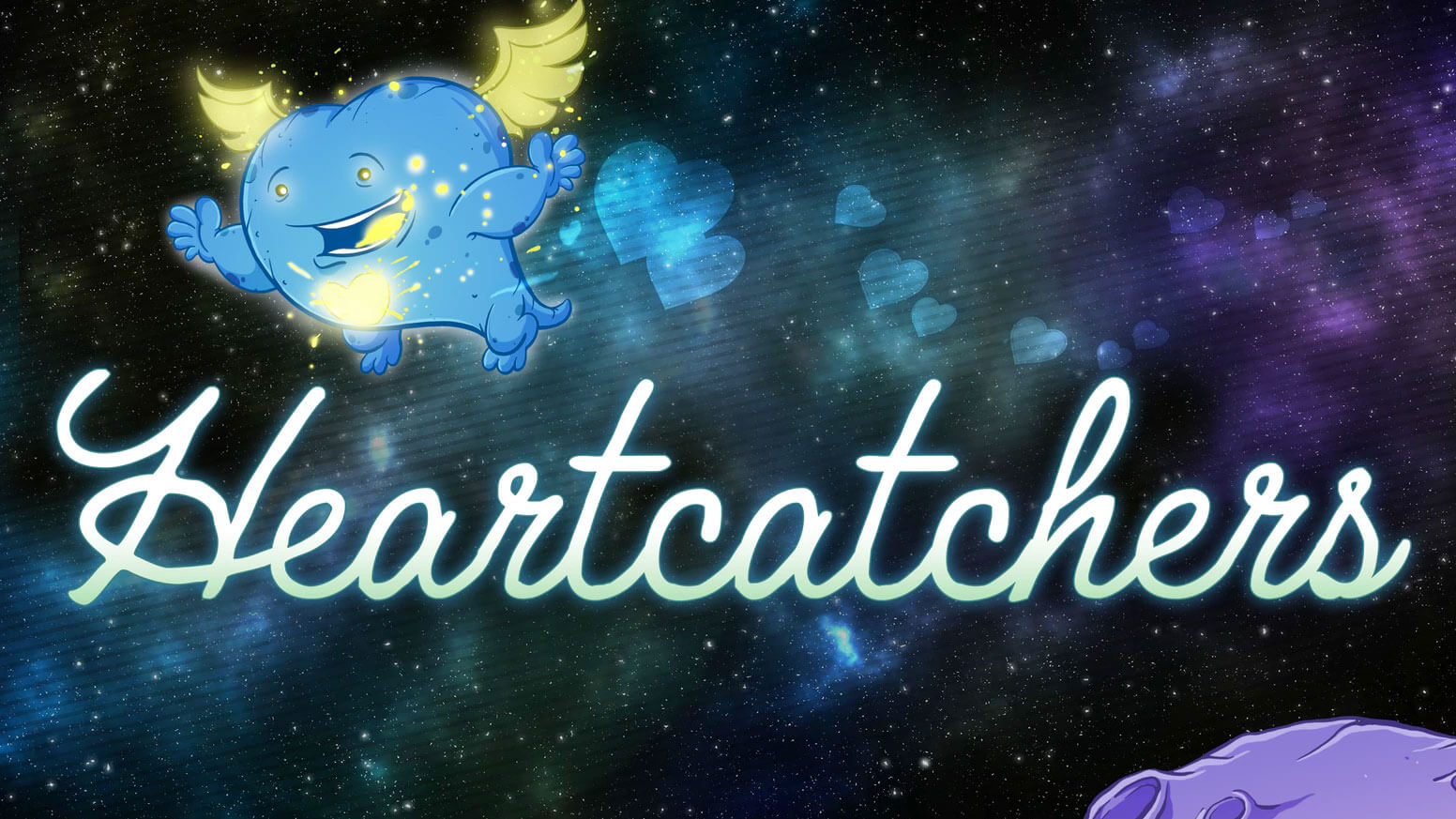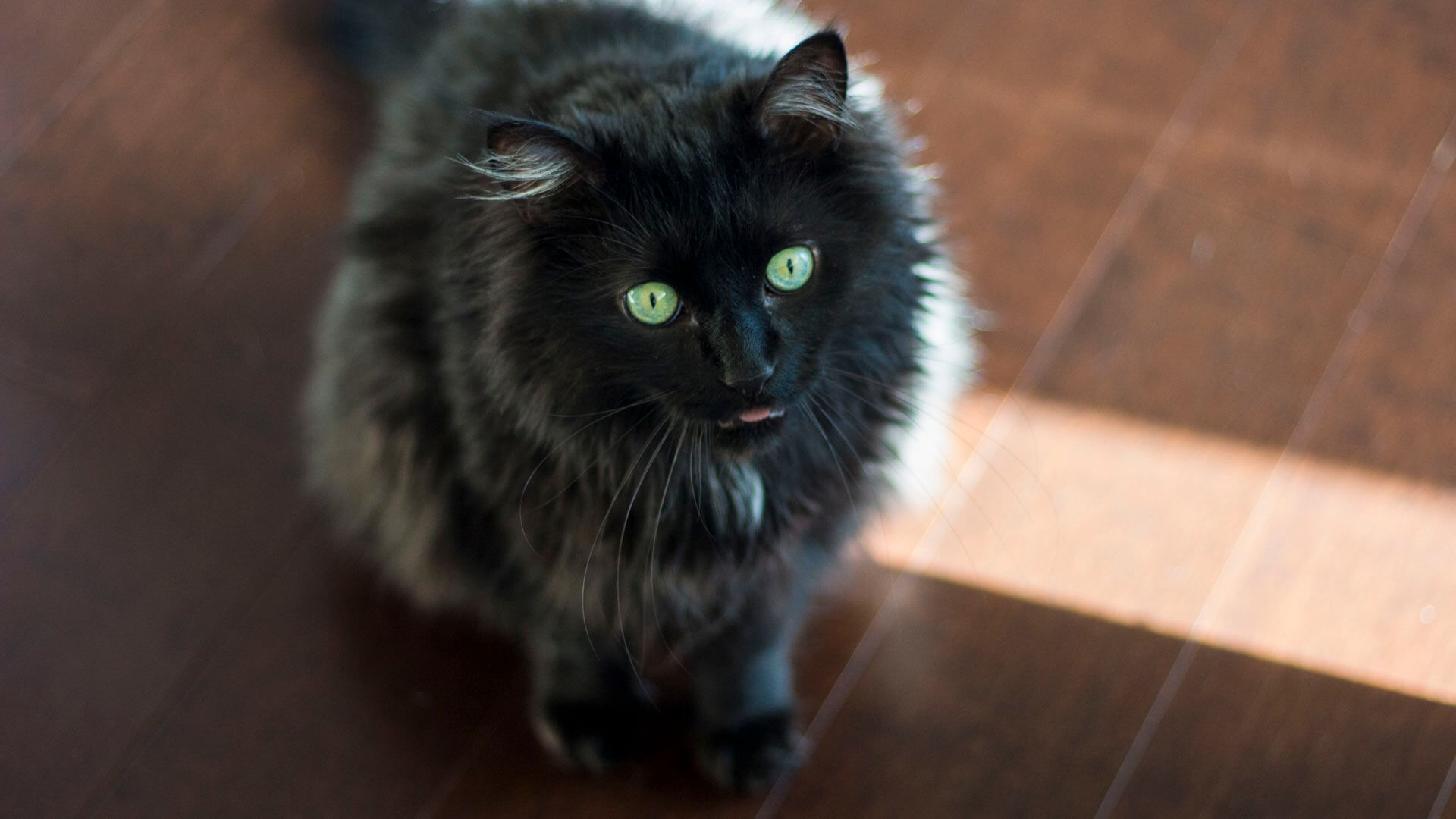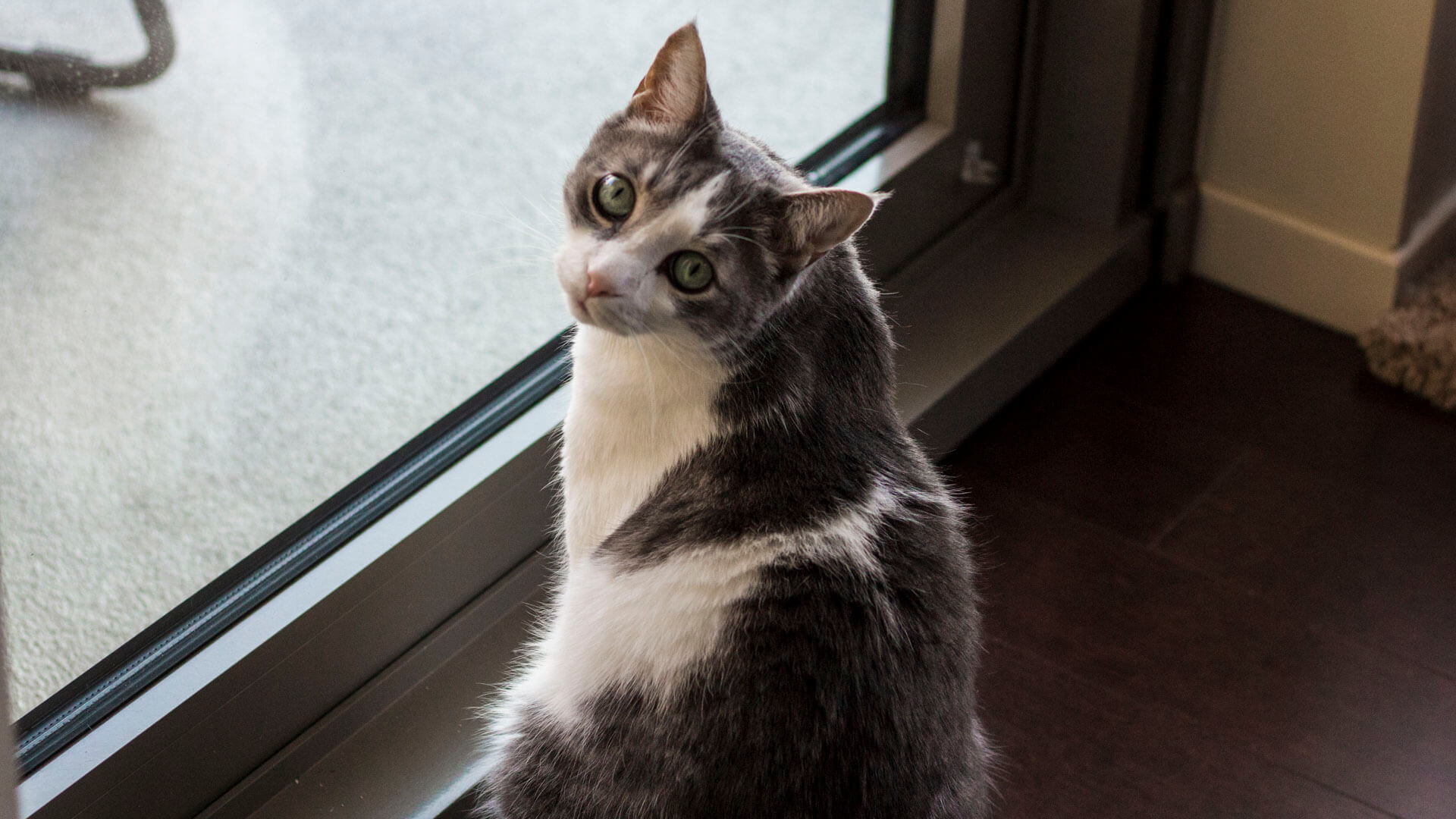Seattle Indies Spotlight: Emma Larkins
Emma Larkins is tabletop game designer (creator of Heartcatchers and Confabula Rasa), science fiction author, speaker, and livestreamer. She writes and talks about #gamedesigndaily, hosts coworking events for Seattle Area Tabletop Game Designers, and has spoken about game design and community building on podcasts and at Twitch Con and PAX West.
So, tell us a little bit about yourself!
My name is Emma Larkins, I’m a game designer and I work at Mox Boarding House as a retail specialist. I lived in New York City before that for about 4 years, working as the marketing department for a video game company called Dreamsail Games (along with other ventures). I kind of came out here as a blank slate seeking my fortune in Seattle about a year and a month ago.
How are you liking Seattle so far compared to New York?
We love it. This stuff coming through the window here, this light and fresh air? We didn’t have that in NYC, ’cause our windows faced a brick wall (laughs).


The tabletop and digital community in NYC was pretty good; we had a good group out there. Seattle just feels a little bit more established, so there’s a lot of amazing talented up-and-coming people, but there’s also people who’ve been in the industry for ten, twenty years. At every level, there’s people you can talk to, learn from, and help you grow.
At every level, there’s people you can talk to, learn from, and help you grow.
I’d love to hear a little bit more about your #gamedesigndaily practice! How has that helped you as a designer, and how difficult was maintaining the habit?
Part of my moving to Seattle, beginning of last year, was committing to doing something, even if it was a couple of minutes a day. It started with your typical meditation, exercising, stretching, reading, those kinds of things. Around the beginning of July I started applying that daily practice to game design.
My big commitment was posting to Instagram and Twitter every day to keep me honest, even if it was reading a page of a book, doing a little sketch, or just doodling something. All the way up to October of last year, I built it up to prototyping a whole game every single day — so I ran a range of a couple minutes to a few hours, but it was always hugely helpful to me to just make that commitment to do it every single day.
The game-a-day was pretty intense — I’ve done two of those now, each lasting a week long — but being a little nice to yourself makes it a lot easier to stick with it. For example, if I’m in bed, my practice for the day might be reading an article about game design.

What was your experience like behind your first published board game?
Heartcatchers was the first game that I’d made, and it was Valentine’s Day present for Phil. That must have been four years ago — when we met, he was a game designer, and I’d been in the video game space but as a community manager, and hadn’t really been making stuff myself. So it was coming up on Valentine’s Day, and I was just like, “I’m going to make a game.” It was silly and dorky, but I just kind of cut out construction paper and made a game around it. When I gave it to him and we played it, he was like, “This is actually a pretty good game — if you don’t do anything with it, I’m gonna do something with it.”
At that point I started diving headfirst into the process: taking it to playtests, reformatting the game and testing it again, and kept doing that until I reached out to one of our friends in our tabletop group, Tim Rodriguez. It was this really interesting coffee shop meeting we had, where I showed him the game, and he was like “Yeah, that’s pretty good! Are you looking for a publisher?” And I was like, “What?!”
Without Phil being supportive of me first creating the game, and Tim wanting to help me get Heartcatchers out into the world, I don’t know if I would have stuck with it so fully — those two things were really my big catalyst into my journey as a game designer.

What does your tooling and workflow like as a board game maker?
For my process, it’s very much centered around playtesting and actually getting it onto the table. The really interesting thing about physical games compared to digital games is that iterations are so fast. When I was in the digital/development space, so much time of it was the production, even getting to stuff you could put in front of people — it could take weeks or months or even years to get to that point.
With my game prototype a day, it could be 15 minutes before I had something I could test with people. But on the flip side, you kind of need more testing for it, because it’s so mechanical.
For actual physical tools that I use: a lot of Photoshop, InDesign. For prototyping, I take apart a lot of other board games and have a lot of bits that I reuse. I do a lot of my own production of cards — printing, cutting, getting them into sleeves, and using Magic cards as a backing to get them feeling more like a real card (laughs). For nicer copies that I send to publishers, I use The Game Crafter.
The really interesting thing about physical games compared to digital games is that iterations are so fast.


How does your life as a sci-fi author influence the games you make? Have you ever been tempted to make a text-based adventure or RPG for example?
Oh yeah, absolutely. I think part of the writing aspect that’s mechanically an influence is the iterations. If you compare making a book to making a game, a lot of both is just the grind of iteration. Fix this thing, look at it, determine if it’s good, and then do it all over again.
A lot of it is also experience creation — anything with design, you’re creating an experience. But I think coming from a writer background, you really think about all the things that can go into that experience. If you come from more of a mechanical background, your thought might be more, “here they flip a card, does this math add up”. Whereas my approach is, “how does it feel to flip the card, are they winning or losing right in this moment?”
The emotion manipulation, I guess you could call it, is a big part of it — creating this narrative experience arc, from figuring out to getting the ball rolling, the tension of how it’s going to pan out, and then the denouement at the end.
What are your plans for your next prototype or project? What’s the “next level up” for you that you’re dreaming of?
I have Abandon All Artichokes coming up! It’s a game about reducing a deck-builder game to its simplest parts. Right now I have it down to playing in about 15-20 minutes. It’s food with faces, a really adorable theme.
One of my motivations for me as a game designer, especially working at Mox, is seeing people come in and say “I don’t really play games” and want to learn more. I love how board games connect people, and I want to give people games that get more of them in this space and get them excited.


I love how board games connect people, and I want to give people games that get more of them in this space and get them excited.
Most of the games I’m working on or have worked on so far are ones where you can literally dive in, or someone can teach it to you in 30 seconds. At the same time, I think it’s really important to make people feel smart, and make them feel like they’re figuring things out too. One of my goals as a designer is to make a game where someone can go, “Oh wow, now I kind of get deck-building, and I can feel a little more comfortable getting into Dominion” — like a true gateway into those more complex experiences.
What do you think is the hardest part of working in indie games? What do you think are different ways of making it in the industry outside of a traditional straight and narrow path?
The hardest part is keeping up your inspiration, strength, and motivation. People will say it’s competitive and there’s so many games. Some will be extra negative and say, “board games are headed for a bubble or crash”, or “oh, there’s no money left in indie games”. But these things are always going to be around — like music or movies — they’re not going away, but things will go up and down. There’s no guarantees for all of us working in this, that 10 years from now I’ll be known in the industry, or have achieved any big successful games. That kind of yawning blackness of uncertainty — even when you’ve gotten to a certain level and want to get to the next level — will always be there.
I would say as advice or warning: know that that’s there and stick with it, but always check in with yourself. There’s no shame in saying, “I’ve gotten what I want out of this at this point”, or “I want this to be more of a hobby”, or on the flip side, “I want to take a chance and dedicate more time to this”.
I think too many people start out a little too optimistic. Especially coming out of college, they might say, “This is going to be my career path, and I’m going to make my own indie game and be a success with it!” I love that passion and enthusiasm, but life is important too — have a balance with keeping the passion, but check in with yourself and make sure you’re not sacrificing too much.

Have a balance with keeping the passion, but check in with yourself and make sure you’re not sacrificing too much.
Finding different paths in the industry is something I’ve thought a lot about, because it suits me particularly. I’ve always been a Jill of all trades — I’ve done marketing, writing, worked for startups, worked for a board game store, and so on. I think a lot of people will get too tunnel-visioned on a particular game they’re working on, or to a single path to success: making a game, releasing it, selling it for money. I think if you can be creative, you can still be in the industry and be around the things you love without limiting yourself too much.
For example, when I started working at Mox Boarding House, it actually turned out to be a really cool fit. I’m around people all day, I’m learning more games than I ever would on my own from my coworkers, getting feedback from the industry and the consumers who play the product. I’m making a living doing that, while still doing a little bit of streaming, talks, writing, contracting at Forrest Pruzan Creative, and making connections in the industry — all of that is cross-training for my own work.
For me, when I look to my future, I’ve never been like, “I’m going to release a game that sells a million copies, and that’s absolutely the one way I can succeed in the industry.” Maybe I’ll end up working at a board game company as a full-time designer, maybe I’ll end up working at a digital company and leverage my game design there.
When you’re looking at your path in this industry, I think it’s important to commit as hard as you can, but be open to some of these other opportunities that come up.

